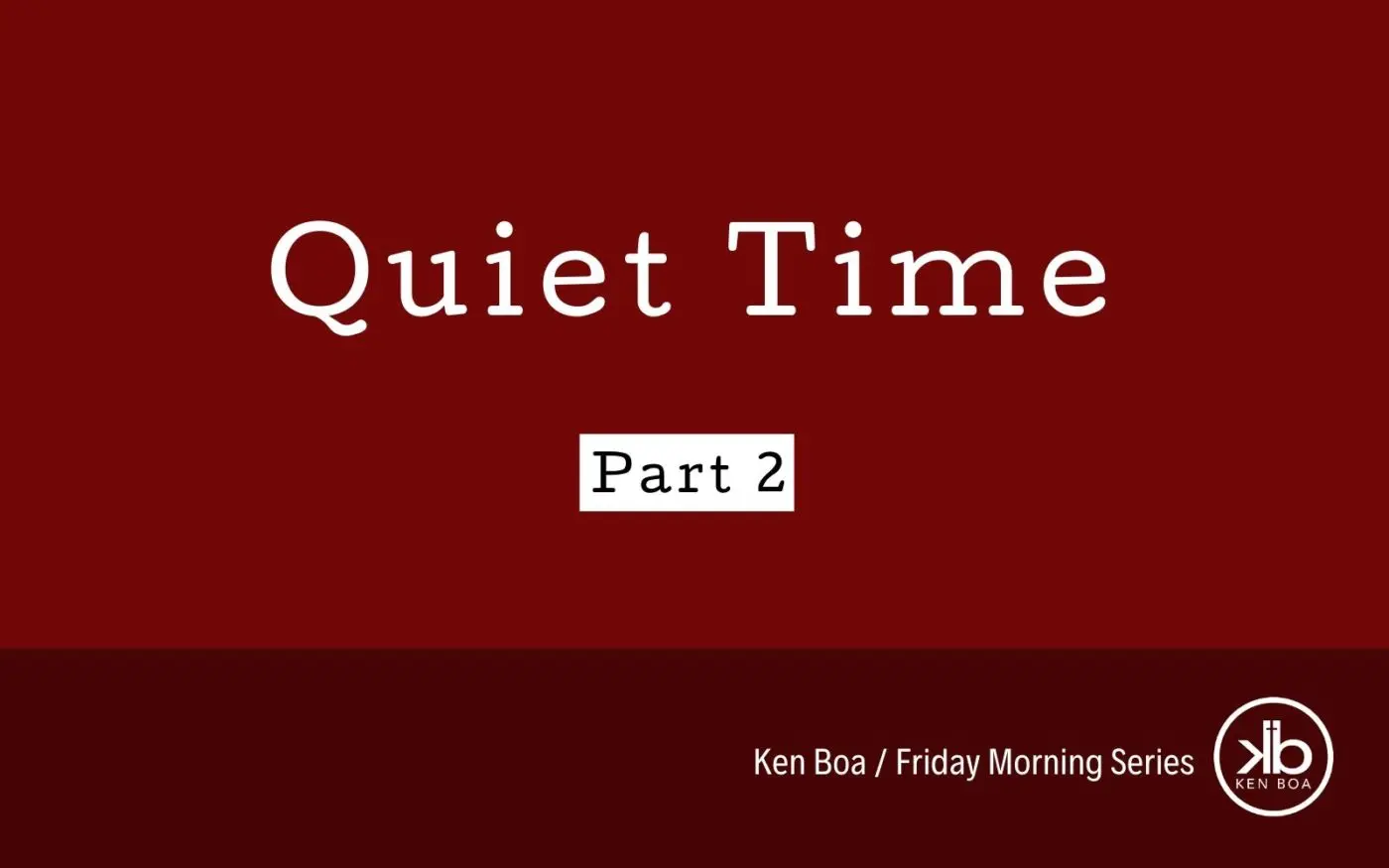How we read Scripture matters. Just as we ought to have a balanced diet of Scripture, engaging in the whole counsel of God, so also we need to use different methods as we read. God’s love is so rich and deep that we need to sink our roots deeply into His Word, strengthening our relationship with Him.
Informational and Formational Reading
There are two general methods of reading Scripture. The first is informational reading. In this method, we approach Scripture in an analytical and critical way. We seek to read as much as possible to understand the text. This is a linear process, and it involves a problem-solving mentality.
On the other hand, formational reading focuses on small portions of the text. We go deep into particular passages, humbly asking the Spirit to master us through the text. We acknowledge the mystery of the Spirit’s work as we read through Scripture.
Both approaches are necessary in balance. If we use too much informational reading, we can fall into cold intellectualism. On the other extreme, we might fall into mindless enthusiasm if we only practice formational reading. Together, however, they help us understand Scripture clearly.
Lectio Divina
This tool involves four basic components:
- Read (Lectio)
- Reflect (Meditatio)
- Respond (Oratio)
- Rest (Contemplatio)
Slowly reading through a text several times allows us to put the passage into our short term memory. From there, we can reflect on the meaning of the text. This ought to lead us to glorify the name of God for whatever He has revealed to us in the passage we just read. Finally, we can silently rest, contemplating God and the truths He has revealed to us. After all, we talk so often it’s hard for the Holy Spirit to get in a word edgewise! It is good for us to have a listening prayer where we rest in God’s truth.
Click here to purchase A Journal of Sacred Readings.
Interested in learning more about Ken’s Friday Morning Men’s Study? Click here for more information.



